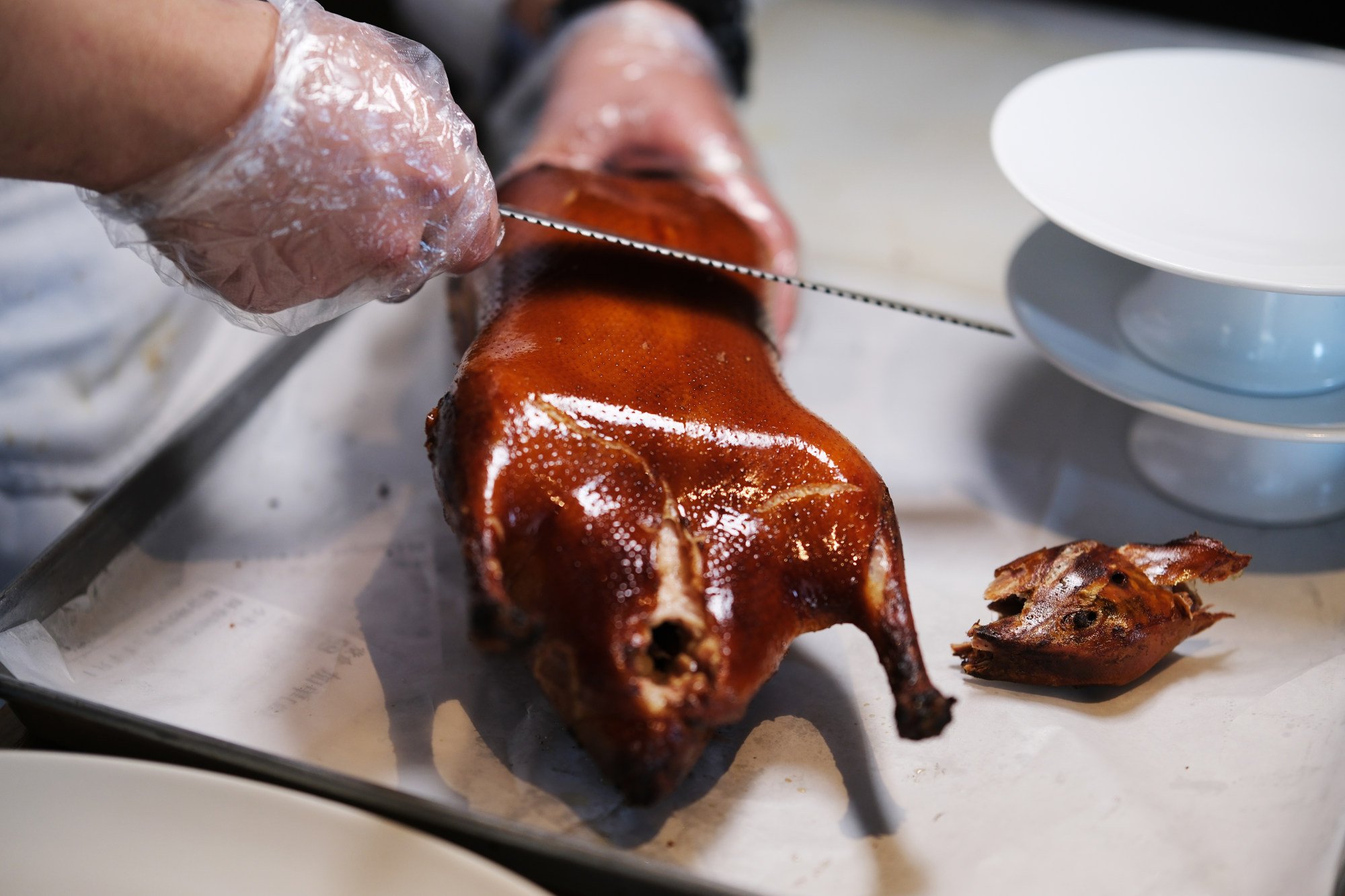
No wonder Shenzhen is drawing diners and shoppers from Hong Kong – it is close by, clean and food is much cheaper
- Shenzhen, once known for fake designer bags and mystery meat, has come far in recent years and now has good food hygiene. It’s much cheaper than Hong Kong, too
- It’s no surprise Hong Kong residents flock there, causing restaurants at home to miss out. The price imbalance doesn’t look like ending any time soon
A few weeks ago, I went up to Shenzhen from Hong Kong for the first time in a long time – it was probably five years since my last visit, before the Covid-19 pandemic.
The reason was to attend a conference at the Shenzhen Convention & Exhibition Center in Futian, in the heart of Shenzhen.
It would be a marvel of urban planning except for the flaws I spotted, such as what I view as shoddy workmanship and lack of attention to detail – visible in pedestrian passages with uneven steps.

Admittedly, I’m not one of those people who go north every weekend to eat, and shop at Costco and Sam’s Club.
I remember people warning me that literally everything there was counterfeit, including the food. This was when the news was full of horror stories like ink added to soy sauce, starch put into diluted milk, plastic pellets passing as rice, and rodent and mink meat substituted for pork and mutton.
Was this why people from the Chinese mainland always came to Hong Kong to buy authentic cosmetics, quality dried seafood and baby milk formula? They trusted Hong Kong’s consumer protection regulations.

At the same time, everything still costs less. On the last night of the conference, my partner and I checked out a bistro close to the Convention Centre. It had a tacky faux European decor, but there were lots of alfresco tables.
In terms of food, everything was well prepared and presented, tasty and delicious. We dined on a crab appetiser, some satay skewers, Iberico pork ribs and a roast duck.

Actually, it was more food than we needed. We expected the duck to be a quarter portion of a leg or a breast because the menu listed it as just 108 yuan. What arrived was an entire roast duck.
How can you blame anyone for crossing the border to stretch their dollar? No wonder Hong Kong’s restaurant industry is struggling so badly.
This kind of imbalance is difficult to overcome. Either inflation in Shenzhen has to go up or the cost of living in Hong Kong goes way down. For economists, neither is a good option.
The only comparable situation I can think of is the US-Mexico border. Thousands of Americans cross over into Mexico for certain services and goods.

American border cities like San Diego aren’t economically threatened by cheaper tequila and affordable dental care. However, if Tijuana, which borders San Diego, grew to double the latter’s size and became a global tech and trade hub, while housing remained half the price of that in the American city, then it might be an issue.
I really don’t know what the long-term solution is for Hong Kong, but this is the new reality. If we can’t beat them, join them?

